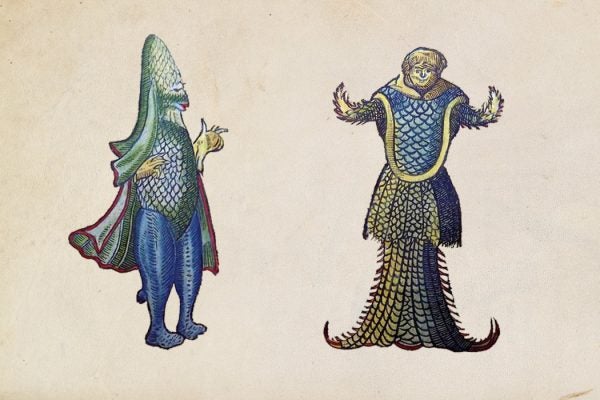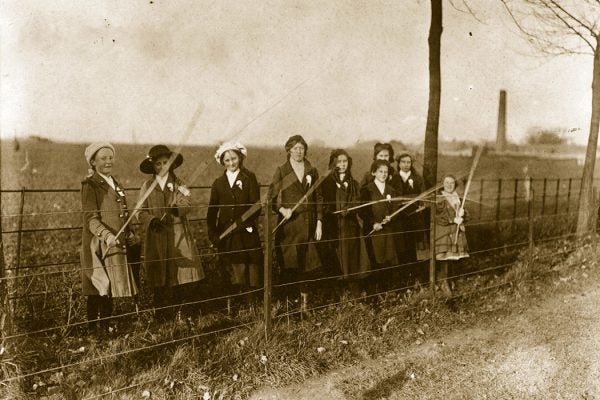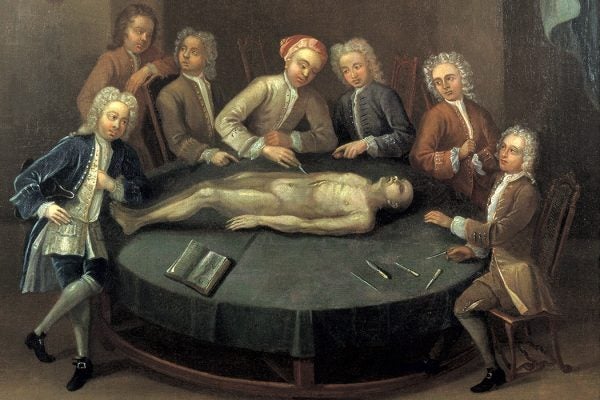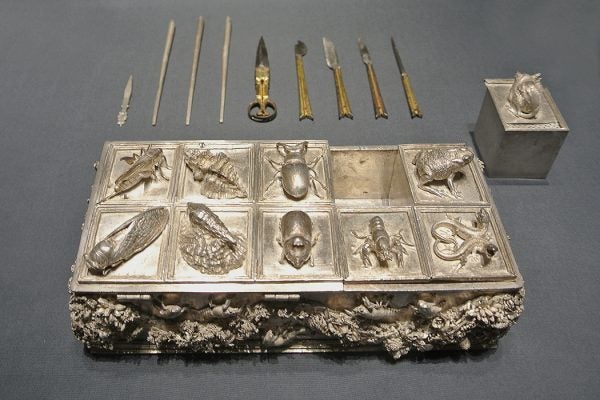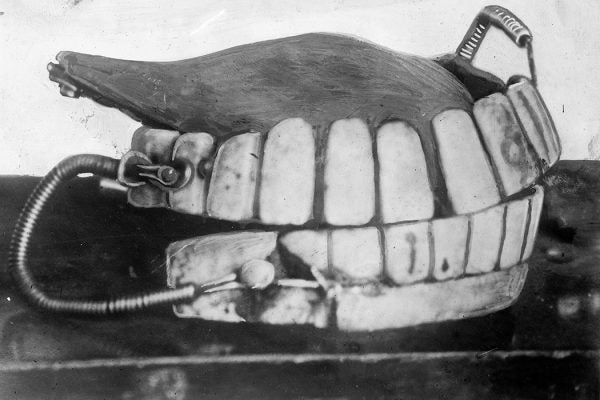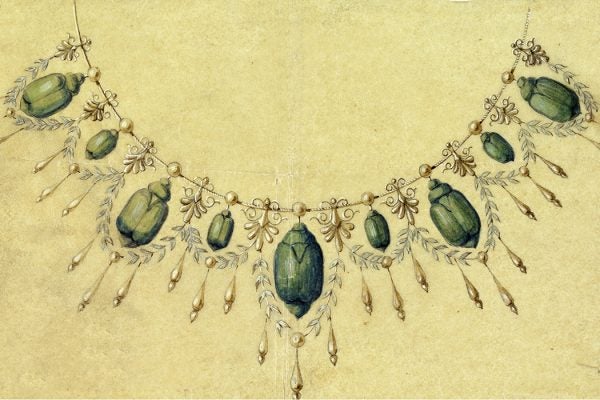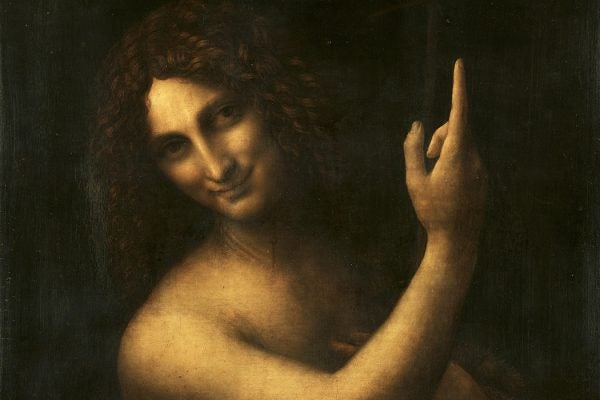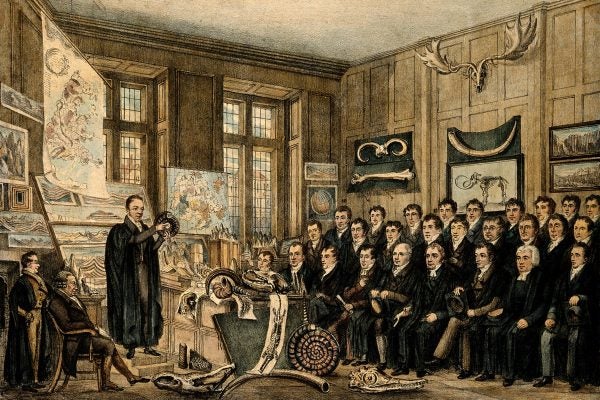Martin Luther’s Monsters
Prodigies, or monsters, were opaque and flexible symbols that signaled that God was sending some message.
“Beating the Bounds”
How did people find out where their local boundaries were before there were reliable maps?
The Study of Human Anatomy and the Corpses of Vienna
For cultural and geographical reasons, the city was a great place to find bodies to dissect. But there was also the matter of one well-connected doctor.
How Renaissance Artisans Turned Live Animals into Silver
Lifecasting was the renaissance art of making sculptures using molds taken from real-life plants and animals.
Were George Washington’s Teeth Taken from Enslaved People?
We know a surprising amount about the dental history of the nation’s first president.
Insect Jewelry of the Victorian Era
The wing-cases of gold-enameled weevils hung from necklaces; muslin gowns were embroidered with the iridescent green elytra of jewel beetles.
The Dinosaur Bone Wars
1877 was a banner year for American dinosaurs: three major finds in the West turned the region into a "paleontologist's El Dorado."
Where Do Finger Names Come From?
Our names for our fingers show a surprising depth of cultural variation—and similarity.
The Invention of the Archive
Seventeenth-century scholars were horrified by how much ancient knowledge had been lost when the monasteries dispersed.
Why Ottoman Sultans Locked Away Their Brothers
Fratricide among rival princes was legal and widely practiced until 1603, so confinement to the palace was actually an improvement.
